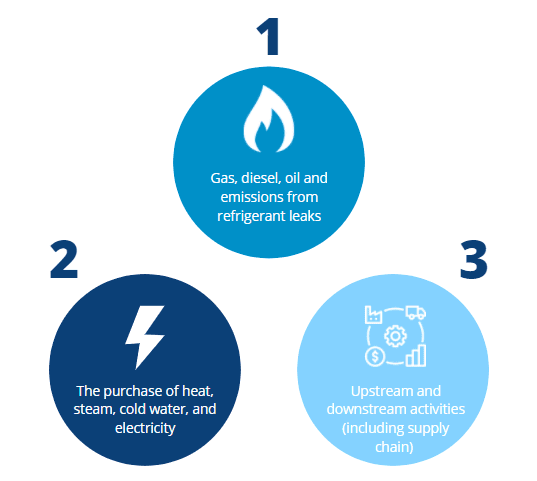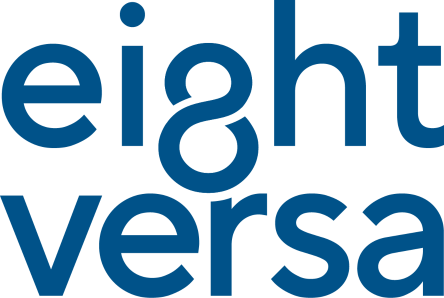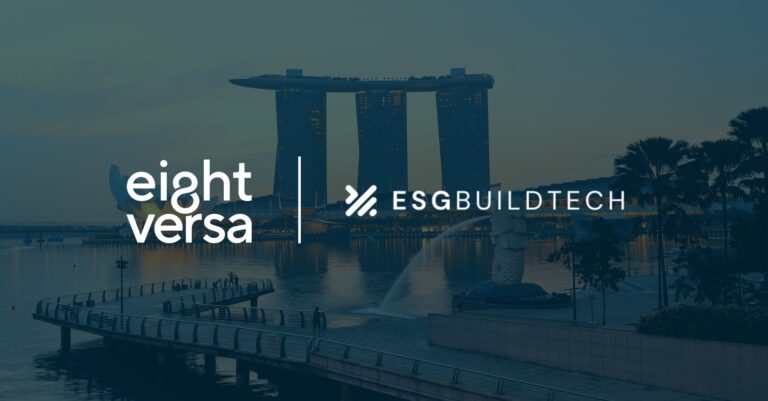If you were running a marathon, you would need plenty of time to prepare. The same applies for the Race to Net Zero. Embarking on the journey to achieve Net Zero Carbon for your organisation is going to need a full race training programme. That’s why over the next 6 weeks we will provide a step-by-step guide on how to get ahead and achieve your climate targets.
Step 1: Carbon Measured
Setting off on the carbon footprint journey to Net Zero requires preparation and patience. It’s not going to be a smooth run if you prematurely set off without the right tools to launch you in the right direction. Before you embark on this journey, you’ve got to know where exactly you currently stand. A common mistake made by many companies is that they often fail to measure their emissions properly and as a result fail to map out the rest of their journey.
Measuring Carbon: A Basic Breakdown
First and foremost, it’s important to note that there are 3 central Scopes of measuring carbon:
– Gas, diesel, oil, and emissions from refrigerant leaks
– The purchase of heat, steam, cold water, and electricity
– Upstream and downstream activities including supply chain

Gas and electricity are the most common components of Scopes 1 and 2 respectively. Each Scope is a separate step in measuring carbon output. While gas emissions (Scope 1) and electricity (Scope 2) are generally quite straightforward to measure, the supply chain (Scope 3) is usually more complex.
The carbon emissions from each Scope need to be quantified which requires carefully collecting data over the course of at least a year. However, challenges present themselves in the collection of this data, particularly in the Scope 3. A common challenge is how to collect accurate and reliable data, and consequentially how to set up a process for gathering and reviewing this data on a regular basis moving forward. Again, failing to accurately measure and set up robust processes at your starting point could prevent you from achieving your decarbonisation targets in the long run.
Using Data to Set Targets
Beyond the how of data collection is figuring out the what. There are different types of data collected in carbon measurement: primary and secondary, which are collected from the client or team. Your primary data will include (but is not limited to) energy consumption, waste, or travel. Tracking this data regularly is fundamental to benchmarking your progress and achieving consistent results. Secondary data is usually financial information and is also heavily used to measure the Scope 3. Both types of data are the input data used to conduct the carbon analysis and calculate the carbon emissions.
A frequent issue in secondary data occurs when financial impact is the focal measure of carbon output. Financial data is not always the most accurate depiction as this tends to prioritise cost impacts over environmental. Notably, companies tend to rely on secondary data for measuring their carbon footprint from the supply chain. For instance, a cheaper laptop may appear to be better financially because it saves on cost, yet it may be worse for the environment because it’s made from non-recyclable materials. Whereas a more expensive laptop that is more environmentally friendly, will not be considered because of its high cost and therefore will be a missed opportunity for reducing your environmental impact in the long-term. So, you’d be overlooking the carbon impact because it’s overshadowed by the financial impact, which ultimately undermines your efforts in reaching Net Zero.
Thinking long-term is important throughout your journey to Net Zero. It’s essential to bear in mind that each step you take will affect the next. While you’re measuring your data, consider how your measurement methods can optimise your ability to reduce your carbon. Think about those two laptops you have: if you only consider the financial impact instead of the environmental while collecting your secondary data, you’re likely to choose the cheaper laptop and miss out on some excellent long-term benefits to reduce your carbon footprint.
Consultants as Coaches
Every top athlete has a coach who helps them cross the finish line. Consultants guide you along every step of the carbon footprint journey, training you towards Net Zero. Understandably, companies can often be reluctant to bring in external experts to navigate the nuanced steps of this journey. However, since the carbon footprint journey is challenging and usually quite complicated, there are many benefits (long and short term) in hiring sustainability consultants to support you. Think of consultants as your coach or personal trainer to guide you towards optimal results, minimising the effort of gathering data and trying to figure out the complicated details that are inevitably involved in the measurement process.
Many companies struggle to effectively resolve challenges that arise in measuring carbon and gathering data, which is why it is crucial to involve expert consultants from this initial stage. For instance, in measuring carbon emissions, companies often encounter a major challenge in Scope 3: accurately measuring data from the supply chain. Consultants conduct what’s called a ‘hotspot’ analysis, which means they target specific areas to have the biggest improvement with the least effort.
Carefully note that successfully measuring carbon is not done overnight: this initial step can take some time as data needs to be as accurate and reliable as possible. Consultants have the technical insight to be able to individually select and curate measurement and monitoring tools to calculate and evaluate your company’s carbon footprint, propelling you closer to reaching that Net Zero finish line. Carbon measurement sets the pace for the rest of your race. Remember that setting off on the race to Net Zero without an accurate picture of your current carbon footprint is like starting a marathon without any preparation.
Already thinking about your next step? After your carbon has been successfully measured, you will need to consider how you can reduce your footprint. Our next article, Carbon Reduced, outlines tips that are useful in developing your strategy to reaching Net Zero.





